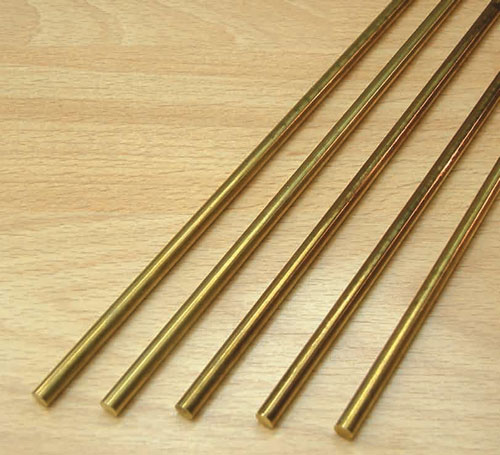 
Brass, alloy of copper and zinc, of historical and enduring importance because of its hardness and workability. The earliest brass, called calamine brass, dates to Neolithic times; it was probably made by reduction of mixtures of zinc ores and copper ores. In ancient documents, such as the Bible, the term brass is often used to denote bronze, the alloy of copper with tin.
As on today, brass is widely used for faucet handles, sprinkler heads, window and door fittings, and other fixtures .In addition, brass became a major material for the manufacture of fine instruments for astronomy, surveying, navigation, and other scientific pursuits.
Brass is a decorative material allowed its used for household wares and chandeliers, candlesticks, sundials, and clocks as well.
Among these are the lead brasses also called as free cutting, which are more easily machined; the naval brass, in which a small amount of tin improves resistance to corrosion by seawater; and the aluminum brasses, which provide strength and corrosion resistance where the naval brasses may fail.
| Brass Product list |
|
| Chemical Composition |
Element |
Percentage % |
| C |
0-0.03 |
| Mn |
2.0 |
| Si |
1.0 |
| P |
0-0.03 |
| S |
0-0.02 |
| Cr |
21-23 |
| Mo |
2.5-3.5 |
| Ni |
4.5-6.5 |
| N |
0.08-0.2 |
| Application |
- Chemical processing, transport and storage
- Oil and gas exploration and offshore rigs
- Oil and gas refining
- Marine environments
- Pollution control equipment
- Pulp & paper manufacturing
- Chemical process plant
|
|







